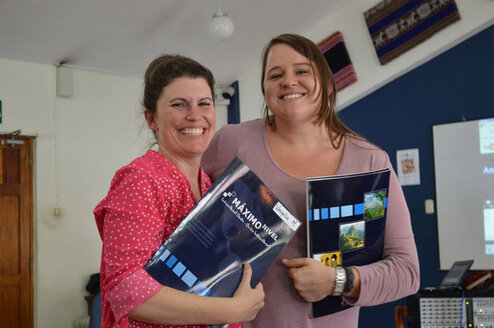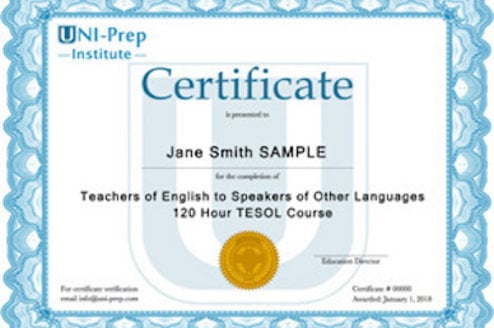Teach English in Sri Lanka
Teaching Programs in Sri Lanka
About
Affectionately named “The Pearl of the Indian Ocean” for its beaches, jungles, and cultural splendor, Sri Lanka is undoubtedly a beautiful place to teach and live abroad. With a rough history of internal ethnic conflict mostly behind it, Sri Lanka is quickly rebuilding and healing itself and in the process, become a popular tourist destination.
With this increase in tourism and its growing participation in globalization, Sri Lanka knows that English needs to become a major part of its education system for both children and adults. As such, there is great need for English teachers (but little money to pay them). Ultimately, there are few paid positions but lots of volunteer ones.
Currently, language instruction from teachers specifically trained to teach English begins in third grade (though sometimes other teachers introduce English earlier). Recently, Sri Lanka, in partnership with India, has launched a major campaign to expand English language instruction, so teachers are definitely in demand. In 2006, Sri Lanka reported having 16,800 English teachers in its classrooms, and that number is increasing. You could help it grow even more!
Job Types
Public Schools:
Because of the government’s push to improve English instruction for the lower classes, public schools are a source of many teaching opportunities. However, because they are poorly funded, much of the hiring is through volunteer programs. There are three types of government schools: national schools (which get some private funding and are older), provincial schools (which only get government funding and have the poorest infrastructure), and piriven schools (which instruct Buddhist monks). English is taught in all of them.
Private and International Schools:
There are not many Sri Lankan private schools and those that do exist cater to the upper class and to wealthy expat families. Though they do employ English teachers and pay is high, there are very few positions (since there are so few schools).
Private Tutoring:
You can definitely advertise to give private English lessons, but there are many free tutoring services in Sri Lanka, so finding such jobs could be difficult.
Finding a Job
Where and When to Look for Jobs:
There are many programs for teaching in Sri Lanka; some are paid and many are volunteer. Hiring occurs year round, though the school year starts in January.
Qualifications:
You need to be TEFL-certified to teach in Sri Lanka, or have an equivalent certification.
Need to Know
Salary and Cost of Living:
Cost of living is quite low in Sri Lanka, about 1/10th that of living in a big city in the U.S., but as you know, teacher salary is on the very low-end, too. Rent in the city for a one bedroom apartment will run you about $350 per month, whereas a three bedroom is $800 a month. Utilities and groceries will total about $160 a month.
There are three levels of pay: grades I-III. Inexperienced teachers will be in the grade III (the lowest) bracket, earning on average $100 per month. With more experience, you can enter grade II (which earns $200 per month), but you need to be a long established teacher to read grade I. There are also added incentives and awards for high performance. Many organized programs will provide you with a host family.
Classroom & Work Culture:
Influenced by the British education system, uniforms are required in basically all Sri Lankan schools, both public and private. There is also a standardized curriculum designed by a governmental group. The typical workweek is teaching 6 hours a day, 5 days a week.
- Student-Teacher Relations: The classroom can be a bit chaotic and students are sometimes disruptive, but they are also good natured. Though they often call teachers “sir” and “madam”, the relationship between student and teacher is still warm and not overly formal.
- Dress Code: A bit conservative, but casual. Especially it’s very hot out, people dress more casually.
- Greetings: In a business setting, handshakes are the typical greeting. Some women do not touch men who are not family members, so follow her lead in terms of how you greet her. Also, people generally address each other with the titles “sir” and “madam” and their last name.




























